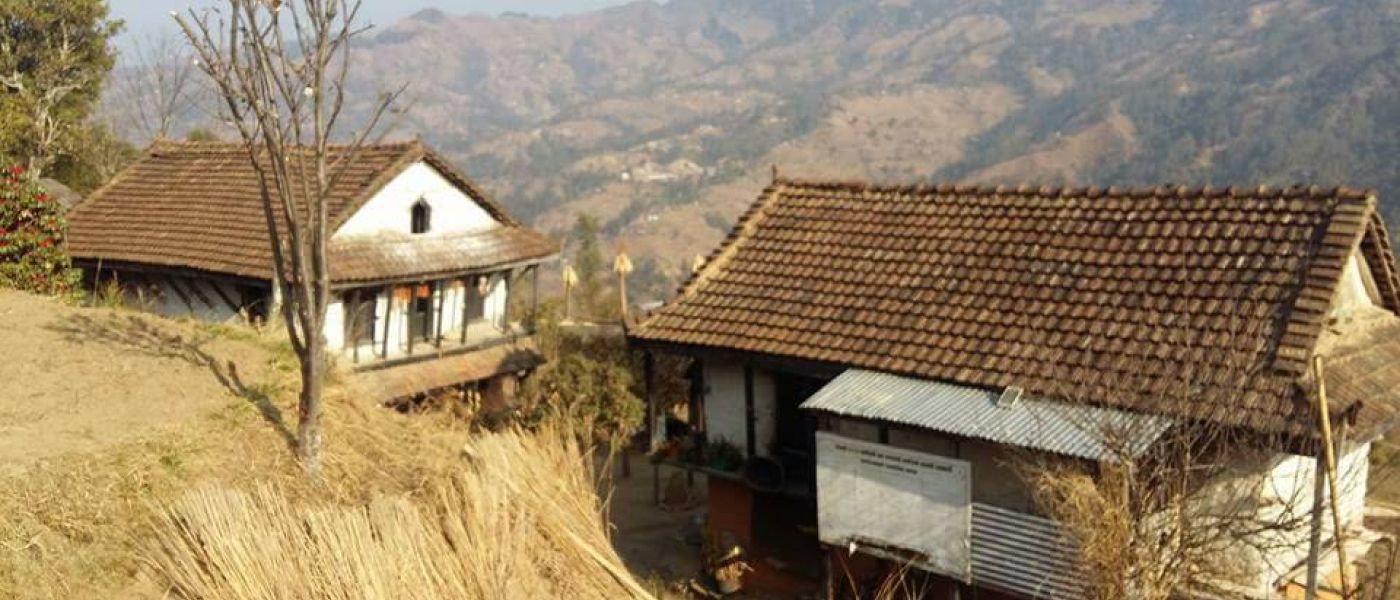Kipat is collective land ownership or a communal land tenure system. The ancient Kirati Khambus, who became the first settlers on any land, identified themselves with its soil and water source. Kirat Mundhum says, “the earth or any patch of land does not belong to humans but the humans surely belong to the earth”. The tradition of collective cultivation existed among the Khambus long before any form of land ownership or taxation systems developed. A tribe would cultivate the land together and distribute the harvest among themselves. This idea of cultivating land together and a sense belonging to the land came to be called “Kipat”.
The Sen Kings, in an act of truce with the Kiratis right up to 1772 CE, had maintained the Kipat system with the Kiratis. This was upheld by Karna Sen and Buddhikarna Rai. The Kirati lands of Majh Kirat enjoyed the Kipat system long before the Gorkhalis came knocking at their doors in 1772 CE. ‘Kipat’ was a form of communal land ownership. Kipat land was kept as a tribal area where it was acquired by someone having a membership in a particular ethnic group. This provided a four point advantage to the Kiratis during that time.
a) The Land was declared a tribal area
b) Collective Ownership
c) Local Self Governance.
d) Tax according to Home ownership.

After the Gorkhas invaded the Kirat regions, one of the first things they implemented was the gradual change of the Kipat system by converting it to the Raikar system. Historians argue that Kipat system was manipulated by the Sen rulers themselves long before the Gorkhas, by giving Birta lands to the Pokharels (priestly Brahmins) for good service while leaving only the wastelands for the Kiratis. The Gorkhas added to it with a term called Seva Birta to grant a land for some service. This was basically done to not just infiltrate non-Kiratis into the region but also to appease them. Periodic examinations of Kipat registration began regularly and all doubtful or unregistered Kipat holdings were converted into Raikar. Raikar is the form where the land ownership belongs to the state (King).
A document of 1857 A.D refers to the examination of some Kipat lands and the conversion of those lands to the Raikar system. In 1828 A,R, a survey team had found Kipat lands at Muga in Chainpur which were previously being cultivated by Jimdars (Rais). They converted it to the Raikar system to be given to Mukunda Thapa (Chettri), Biru Thapa(Chettri) and Arjun Thapa.
The Kipat system in the Kirati lands was in contrast to other forms of land use like Raikar, Birta, Guthi, Jagir and Rakam under which tenant rights were bestowed by the state upon individuals or institutions. Titles to the Kipat land were generally vested in the most powerful man in a village community entrusted and empowered with the status of Rai, Subba or Jimmawal. He became the direct middleman between the people and the state administration. The Shah Kings used this system to their advantage for a certain period of time. They used it to assimilate influential political people in the entire Kirat region to restructure it to build a comprehensive, semi-feudal administrative module.
One of the most important responsibilities of the village chief was to collect taxes from his people also known as Raiti, and to direct the proceeds to the regional tax office. He was also responsible to the indigenous population as well as immigrants. Immigrants who lived upon the good graces of the Kiratis were called Dhakre and those who purchased or received a gift of land from the Kiratis were called Kinnuwa Raiti. The taxes on the Kipat system of land were called Serma or Dhuri because it was based on a household rather than the size of the property.
The Kipat system was abolished earlier in Majh Kirat than Pallo Kirat. This gave way to the Raikar system and subsequently made it easier for immigrants to buy land and register it under their name. Kipat system did not just have economic implications but it also held sociological importance in the Kirat tribal and family structure and beliefs. It is important to understand why taxes in the Kipat system were collected on a household basis.
The symbolic meaning and significance of a house as a structure of ritual gives credibility to the concept that the individual household was taken in the sense of the common Hearth Stones (Suptulung). Each house was believed to stand at the centre of the world and with its Suptulung, it became a ritually autonomous structure. And because Raikar system came into practice, families disintegrated gradually and kinship and solidarity started to loosen within the Kirati tribes. This change had large repercussions on the Tribal structure of the Kiratis and its traces can be seen even today within the Kirati communities of the world.





Leave a Reply